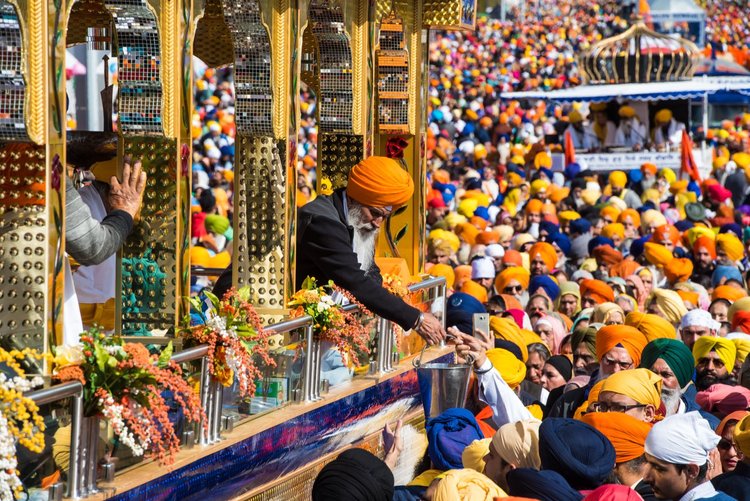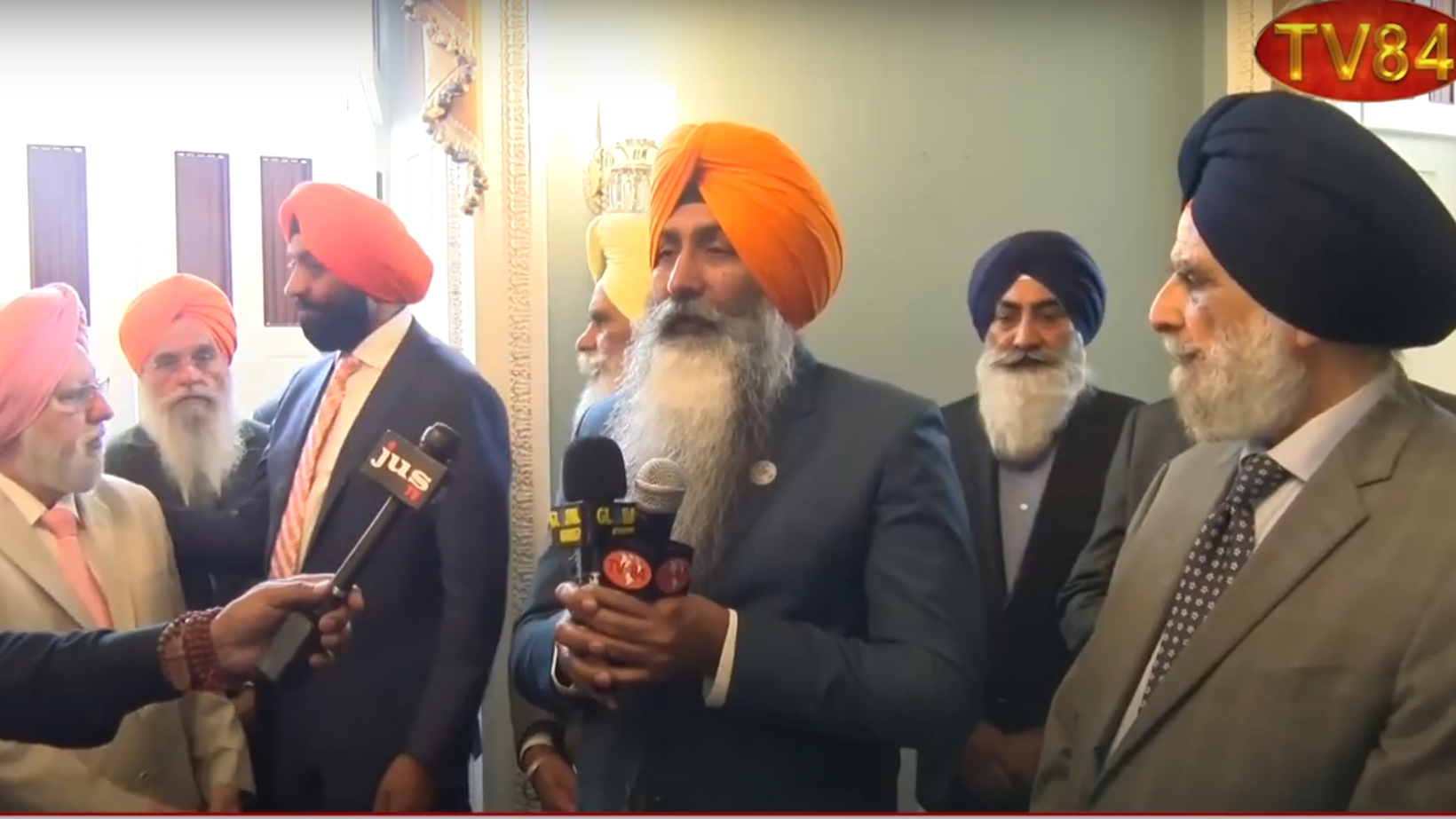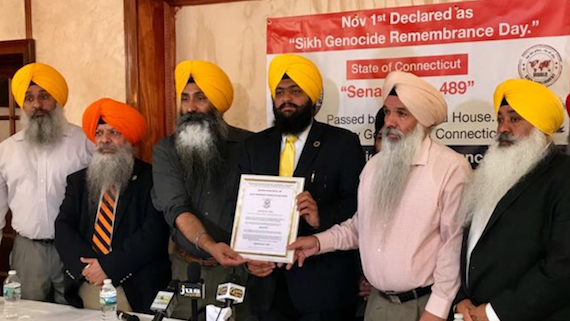Introduction
Vaisakhi, also known as Khalsa Sajna Diwas, is one of the most significant festivals in the Sikh faith. Celebrated annually, it commemorates the day in 1699 when Guru Gobind Singh, the tenth Sikh Guru, established the Khalsa—the collective body of initiated Sikhs. More than just a religious observance, Vaisakhi embodies the values of justice, equality, and the defense of human rights, principles that resonate deeply in our modern world. As we celebrate Vaisakhi today, it is crucial to reflect on its historical context and understand its ongoing relevance in promoting a just and equitable society.
Historical Context: The Birth of the Khalsa
To fully appreciate the significance of Vaisakhi, we must delve into the historical circumstances that led to the creation of the Khalsa. In 17th-century India, the Sikh community faced severe persecution from the ruling Mughal Empire. Religious freedom was suppressed, and Sikhs were often subjected to violence and discrimination for their beliefs.
Guru Gobind Singh recognized the urgent need to instill courage and resilience within his followers. On Vaisakhi day in 1699, he summoned Sikhs from all over India to Anandpur Sahib. In a dramatic display, he drew his sword and asked if anyone was willing to sacrifice their life for the Guru and the cause of righteousness. One by one, five brave Sikhs stepped forward, each demonstrating unwavering commitment. These five—known as the Panj Piare, or the Five Beloved Ones—were the first members of the Khalsa.
Guru Gobind Singh then initiated these five into a new order, administering Amrit (holy nectar) to them and bestowing upon them the title of “Singh” (lion) for men and “Kaur” (princess) for women, signifying courage and equality. The establishment of the Khalsa marked a pivotal moment in Sikh history, transforming the community into a disciplined and self-reliant force dedicated to defending the oppressed and upholding justice.









